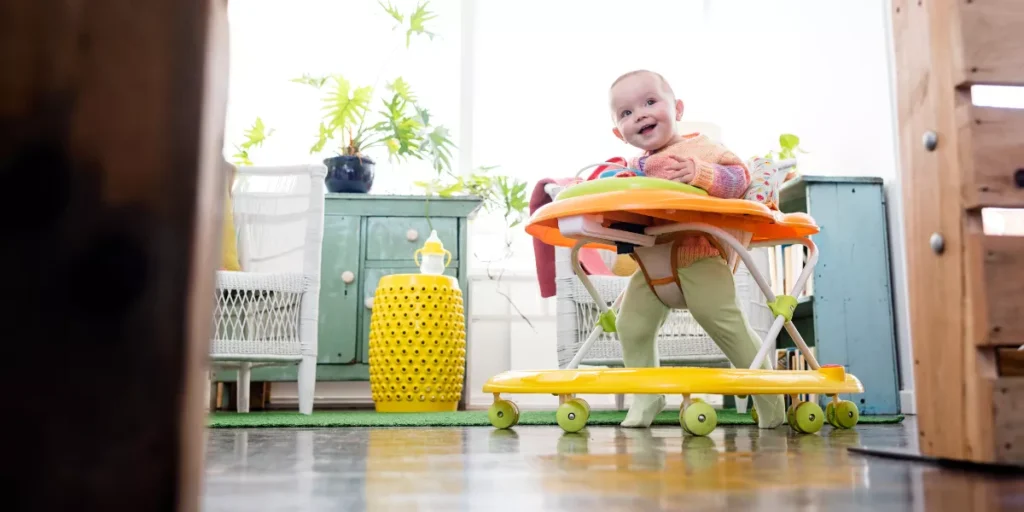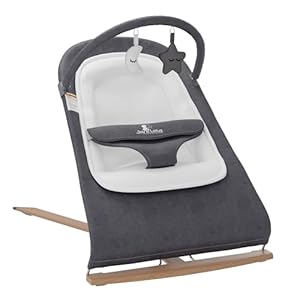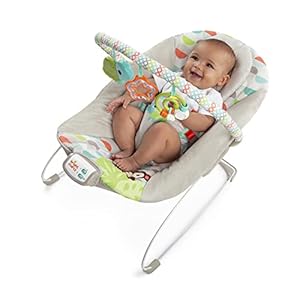
When it comes to your baby’s safety, understanding the guidelines for walkers and jumpers is paramount. Ensuring that these products are used correctly and in line with safety recommendations can significantly reduce the risk of accidents. By following the advice provided, you can create a secure environment for your little one to explore and play. So, let’s explore the key safety measures that every parent should be aware of to protect their child while using these devices.
Importance of Safety Guidelines
To ensure the well-being of your child, understanding and following safety guidelines for baby walkers and jumpers is crucial. These guidelines aren’t just suggestions; they’re designed to protect your baby from potential accidents and injuries. By adhering to these safety measures, you’re creating a secure environment for your little one to explore and play safely.
Safety guidelines for baby walkers and jumpers are put in place to prevent accidents such as falls, collisions, or entrapment. Babies are curious and eager to move around, but they lack the coordination and judgment to navigate certain situations safely. That’s why it’s up to you, as a parent or caregiver, to ensure that the equipment your child is using meets safety standards and is used correctly.
Choosing the Right Product
When selecting a baby walker or jumper, prioritize safety features over aesthetic appeal. Safety should be your top concern when choosing the right product for your little one. Look for walkers or jumpers that have features like sturdy frames, non-slip grips, and secure harnesses to keep your baby safe during use. Make sure the product meets current safety standards and has no recalls or safety issues.
Consider the size and weight limits of the walker or jumper to ensure it’s suitable for your baby’s age and development stage. Adjustable height settings can also be beneficial to accommodate your growing baby. Additionally, opt for products that are easy to clean and maintain for hygienic purposes.
Reading reviews and seeking recommendations from other parents can provide valuable insights into the best products on the market. Remember, while stylish designs are appealing, safety should always come first when choosing a baby walker or jumper.
Proper Usage Instructions
Ensure proper usage of the baby walker or jumper by following the manufacturer’s guidelines and safety instructions. Always assemble the product according to the provided instructions to ensure stability and safety. Make sure that all parts are securely attached before placing your baby in the walker or jumper. Adjust the height settings to fit your baby comfortably, ensuring their feet can touch the ground for walkers and there’s enough room for movement in jumpers.
When using the baby walker, only place your baby on flat surfaces to prevent tipping. Avoid stairs, uneven surfaces, and areas near pools or other water bodies at all times. Similarly, for jumpers, ensure they’re securely attached to a door frame that can support your baby’s weight without any risk of detachment. Always supervise your baby during use and limit the time spent in the walker or jumper to avoid overuse.
Supervision and Monitoring
Proper supervision is essential when your baby is using a walker or jumper to ensure their safety. Always keep a close eye on your little one while they’re in the walker or jumper. It only takes a moment for an accident to happen, so staying vigilant is crucial. Make sure to be present and attentive, ready to react if needed.
When supervising your baby, stay within arm’s reach to prevent any potential falls or accidents. Avoid leaving your child unattended, even for a short period. Remember, the purpose of supervision is to intervene quickly if something goes wrong.
Regularly check the walker or jumper for any signs of damage or malfunction. Inspect the equipment before each use to ensure it’s safe and secure. Monitoring the condition of the walker or jumper is just as important as supervising your baby while they’re using it.
Baby products














